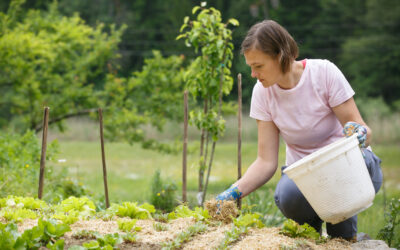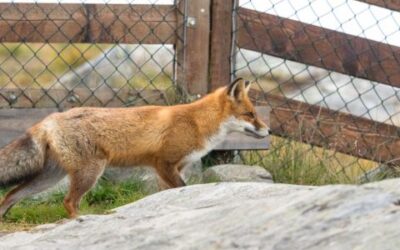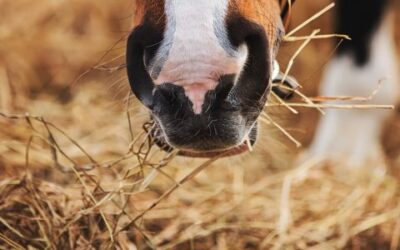
A well-designed horse feeding station can make mealtime more efficient, reduce waste, and promote the health and well-being of your horses. It creates an organized space that guarantees every horse has access to the right amount of feed. Whether you’re designing a station for a single horse or an entire herd, careful planning is essential to ensure safety, durability, and ease of use. Here are some key tips for building the perfect horse feeding station.
1. Choose the Right Location
Selecting the right location for your horse feed station is crucial. It should be easily accessible year-round, even in inclement weather. Consider placing it on high ground to avoid water accumulation and mud, which can lead to hoof problems and messy feeding areas. Additionally, positioning the station near a barn or shelter can provide extra protection against harsh weather conditions.
2. Use Durable and Safe Materials
Horses can be rough on their environment, so it’s important to use sturdy materials that can withstand daily wear and tear. High-quality wood, metal, or heavy-duty plastic are excellent choices for constructing stalls, fencing, or feeders, as these materials are built to handle the demands of equine use. Avoid using materials with sharp edges or small parts that could break off and pose a choking hazard. Taking these precautions will create a safe, long-lasting environment for your horse.
3. Optimize for Multiple Horses
If you have more than one horse, it’s essential to build a feed station that minimizes competition and food aggression. Provide multiple feeding spaces or separate stalls to allow each horse to eat peacefully. Spacing feeders at least 10 to 12 feet apart can help prevent bullying and ensure that each horse gets its fair share of food.
4. Incorporate Hay and Grain Feeders
A well-rounded feeding station should accommodate both low sugar hay for horses and grain. Hay feeders should be designed to keep hay off the ground to prevent contamination and waste. Slow feeders or hay nets can help regulate consumption, reducing overeating and digestive issues. For grain, consider elevated feeders or individual troughs to keep feed clean and accessible.
5. Provide Adequate Water Access
Hydration is just as important as nutrition, so ensure your feeding station includes a reliable water source. Automatic waterers are a great option to keep water fresh and reduce manual refilling. If using water troughs, place them on level ground and clean them regularly to prevent algae buildup and contamination.
6. Consider Weather Protection
To protect feed from rain, snow, and extreme sun exposure, consider building a feed station with a roof or shelter over the feeding area. A three-sided shelter or lean-to can help keep food dry while still allowing for proper ventilation. If an enclosed structure isn’t feasible, using covered feeders or feed bins can help protect feed from the elements.
7. Minimize Waste and Mess
Horses are notorious for wasting hay, so using slow feeders, hay racks, or mats under feeding areas can help catch excess hay and keep it clean. For grain, choose feeders with deep, curved designs to prevent spillage. Regular cleaning of the feeding station will also help maintain a healthy and organized space.
8. Ensure Easy Maintenance
Build your horse feeding station with maintenance in mind. Make sure feeders, troughs, and shelters are easy to access for cleaning and refilling. Removable or hinged components can make this process even simpler. Additionally, choosing non-porous, easy-to-clean materials can help reduce the buildup of mold, bacteria, and pests.
9. Keep Safety a Priority
Horse safety should always come first when designing a feeding station. Ensure there are no sharp edges, protruding nails, or loose parts that could cause injuries. If using metal components, make sure they are rust-resistant and properly secured. Regularly inspect the feeding area for any wear and tear to prevent accidents.
10. Adjust for Individual Needs
Each horse has unique dietary and behavioral needs, so tailor your feeding station to accommodate them. For senior horses or those with dental issues, consider using specialized feeders or soaked feed to make eating easier. If you have a particularly dominant horse, creating separate feeding areas or partitions may be necessary to prevent food theft and aggression.
Building an effective horse feeding station requires careful planning, quality materials, and a focus on horse safety and comfort. By optimizing layout, reducing waste, and ensuring proper nutrition, you can create a feeding station that benefits both you and your horses. A well-thought-out design will not only save time and resources but also contribute to a healthier, happier herd.




